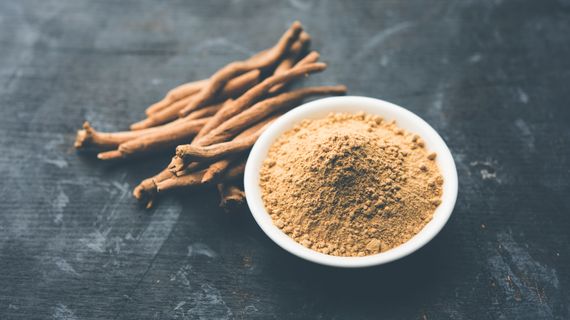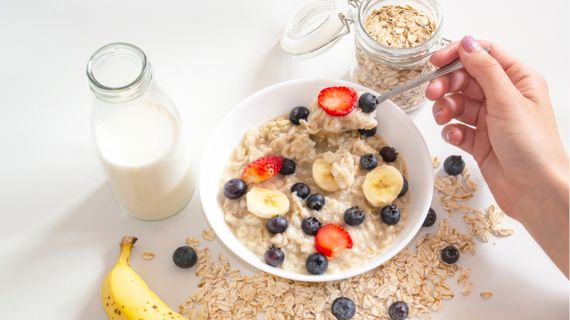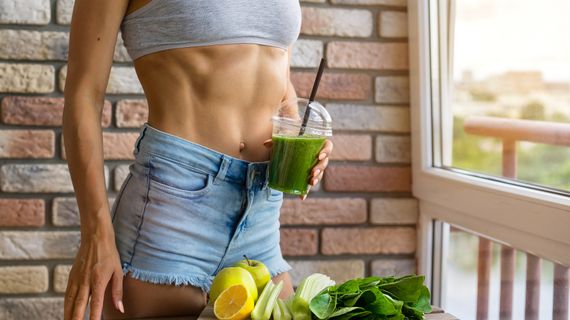- Adaptogens are substances that help the body cope with external stressful stimuli.
- Adaptogens and their related substances can be divided into three groups: primary, secondary adaptogens and adaptogenic "companions".
- The most well‑known adaptogens are maca peruviana, ashwagandha, rosehip, ginseng and Eleutherococcus spinous.
Can stress be eliminated from life?
Stressful situations have been, are and will continue to be an integral part of everyday life - it is, therefore, essential to understand that stress cannot simply be eliminated but rather to focus on managing it. Chronic stress, in particular, is particularly bad in terms of its impact on mental and physical health, while short‑term stress can actually benefit the body to a reasonable degree.
To manage stress optimally, it is necessary to ensure the proper functioning of the body as a whole—how else but through a healthy lifestyle, including a balanced diet, regular exercise, quality sleep and sufficient rest? Other effective methods of working with stress include basic psychohygiene, psychotherapy, mindfulness, etc. However, in addition to these basics, you can add another effective method to manage stress better: the so‑called adaptogens.
What are adaptogens, and how do they work?
The term "adaptogens" and their effects were first introduced in the 1940s. Since then, the field has undergone many changes thanks to research. In the very early days of research, the following criteria were defined for inclusion in the adaptogen group in which they must:
- Non‑specifically help the organism cope with a wide range of adverse external conditions (biological, chemical or physical stress)
- Help maintain homeostasis of the human organism
- Not impair the physiological functions of the organism
In 1998, the Food and Drug Administration defined adaptogens as 'a new type of metabolic regulator that has been shown to aid adaptation to environmental events and phenomena and to prevent damage from these influences.'
Classification of adaptogens and their mechanism of action
Adaptogens are a diverse group of substances, and their mechanism of action thus depends on the specific substances. Based on the criteria defined above, the mechanism of action and the strength of the scientific evidence for their action, adaptogens and related substances can be divided into three basic groups, namely:
1. Primary adaptogens
They fulfil all the above criteria, and research has proven their effects on the body. Even with long‑term use, there is no impairment of function. They are characterised by their influence on the hypothalamus‑pituitary‑adrenal (HPA) axis, which regulates the hormonal response to external stress stimuli and promotes the rate of cellular energy production and transfer, allowing more efficient use of oxygen and nutrients. Primary adaptogens may also support certain anabolic processes involved in effective recovery from stressors.
2. Secondary adaptogens
Substances included in this group do not fully meet all the required criteria for adaptogens, and their mechanism of action does not consist of a direct influence on the HPA axis. They act indirectly through the immune, nervous, and endocrine (hormonal) systems. Secondary adaptogens are usually plant substances such as fatty acids, phenols, and sterols. Although secondary adaptogens have also shown demonstrable positive effects in studies, further research is still needed to confirm them definitively.
3. Adaptogenic "companions"
The last group, in the original nomenclature "adaptogen companions", includes substances that also do not meet the established criteria but, through their action on the HPA axis and other body systems, may support the function of adaptogens and thus potentiate their effect.
What are the best‑known effective adaptogens?
1. Ginseng ( Panax ginseng)
Ginseng is also known as Korean ginseng, and that of all the plants of this genus contains the most active ingredients. These are called ginsenosides, a type of saponins; you can find more than 40 of them in true ginseng. Some other substances can then be produced by the metabolisation of ginsenosides by bacteria in the colon. Ginseng helps to maintain homeostasis in the body. Also, it has immuno, neuro and vasomodulatory effects, which may, among other things, help to regulate blood pressure and thus have a protective effect on cardiovascular health.
Korean ginseng has also been shown to positively affect the immune system, supporting cognitive function, memory and libido. The dosage of this plant depends on its form, with the maximum daily dose set at 2000mg for the dried plant, 400mg for the 5:1 extract and 200mg for the 10:1 extract. For more detailed information on dosage and the exact mechanism of positive effects, you can read the article Korean Ginseng: Benefits and Recommended Dosage.
Korean Red Ginseng - 10% Ginsenoside
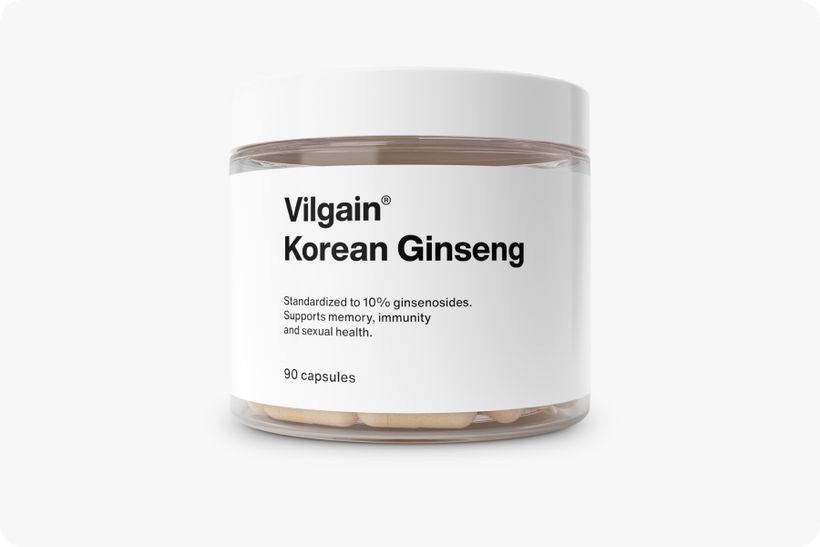
2. Ashwagandha (Withania somnifera)
Although the name of this plant may, at first glance, appear to be a made‑up lingua franca, ashwagandha is one of the most well‑known adaptogens in the country. The active ingredients not only act on the HPA axis but also have a strong immunomodulatory effect, effectively helping to alleviate the body's stress response. Among other things, it also contributes to improving sleep quality or cognitive function.
The dosage depends mainly on the form taken, while for the powder formulation, the recommended daily dose is about 400‑500mg; for the extracts, the dosage can vary considerably depending on their concentration - so always follow the recommendations of the respective manufacturer. For detailed information on other benefits of ashwagandha, see the article Ashwagandha: What It Is, Effects and Dosage.
Organic KSM‑66® Ashwagandha
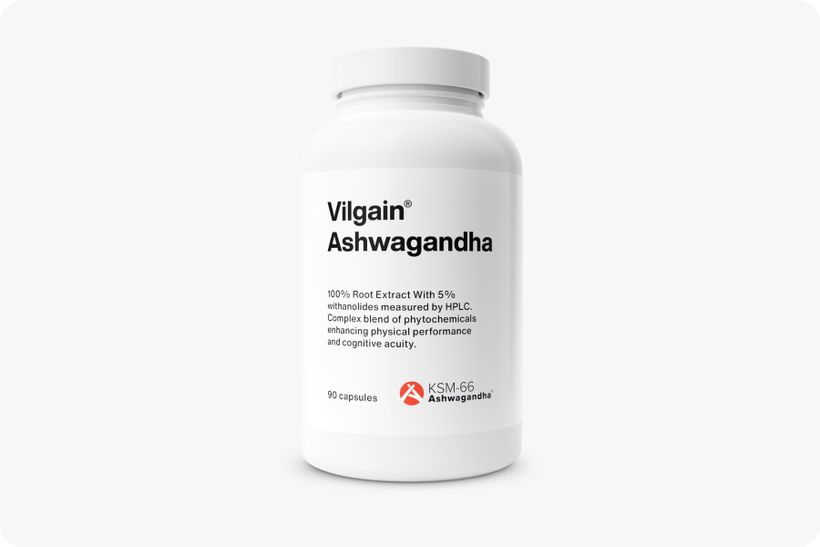
3. Eleutherococcus senticosus (Acanthopanax senticosus)
Also known as Siberian ginseng, this plant has been used in areas of traditional medicine for centuries. In relation to its adaptogenic effects, studies point in particular to its support for maintaining the body's homeostasis, delaying fatigue and promoting blood circulation.
The plant's root is used to extract the active substances. The recommended daily dose is not yet fixed, but the equivalent of 4000mg of dried root is recommended as the maximum daily amount. This is equivalent to 1000mg of a 4:1 extract or 400mg of a 10:1 extract. The European Medicines Agency also recommends a maximum duration of use of 2 months with subsequent discontinuation. If the initial symptoms of fatigue do not subside during this period of use, a consultation with a doctor is in order.
4. Rhodiola rosea
This plant is characterised by its growth at high altitudes. The source of the active substances is the stonecrop root, the most important being salidrosides and rosavin. These active substances affect the synthesis, transport and receptor activity of opioids and monoamines, thus enabling the body to adapt to stressful situations, reduce anxiety levels and also support cognitive function.
The maximum daily dosage of St. John's wort extract, standardised to 4% rosavin, is 100mg.
5. Maca peruviana (Lepidium meyenii)
Evidence of the cultivation of the Peruvian maca dates back to the 2nd millennium BC, and although there are more than 13 species, the yellow, red and black maca are the best known for their effects. Studies confirm the positive effects of maca on more effective stress management, reducing anxiety, improving cognitive function, and increasing energy levels. The active substances contained in this plant probably act as inhibitors of the so‑called FAAH receptors, thereby reducing the rate of degradation of the endocannabinoid EAE.
The recommended daily dose of maca is about 1500‑3000mg of dried powder per day.
Organic Yellow Maca
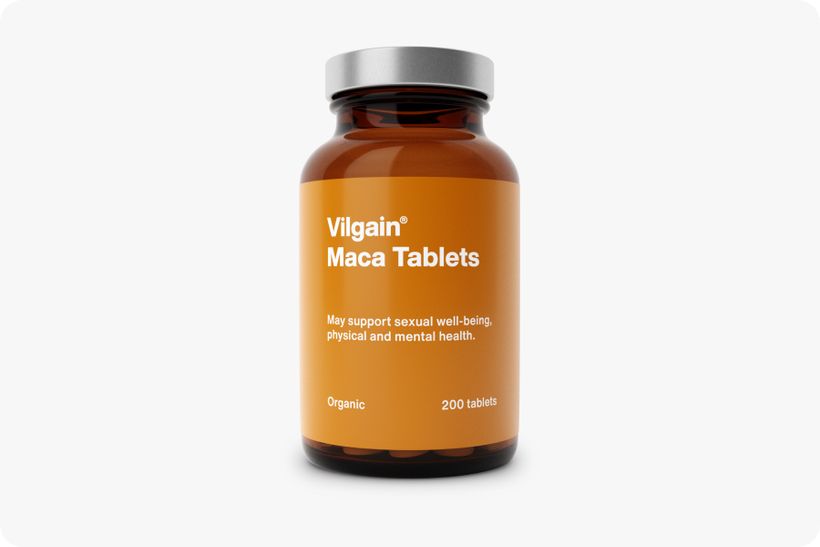
What can we take from this?
Adaptogens are generally substances that help the body adapt better to stressful situations. Their mechanism of action depends on the specific substance, but primary adaptogens typically interfere with the hypothalamus‑pituitary‑adrenal axis, where they regulate the stress response to external influences.
The most well‑known adaptogens are true ginseng, ashwagandha, maca peruviana, rose gentian and Eleutherococcus spinosus. Although the effects of these substances studies have demonstrated they cannot be considered a one‑size‑fits‑all solution to overexposure to stress. For optimal mental health, it is advisable to focus on other areas as well.



